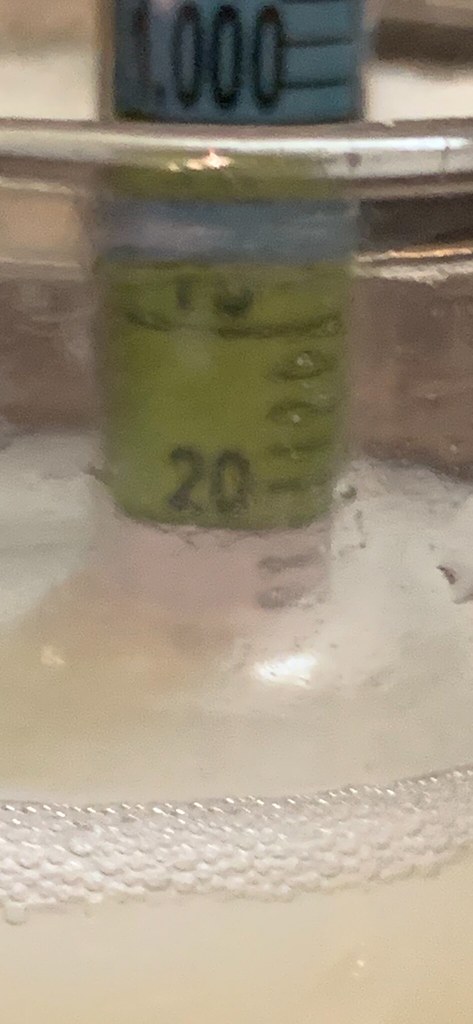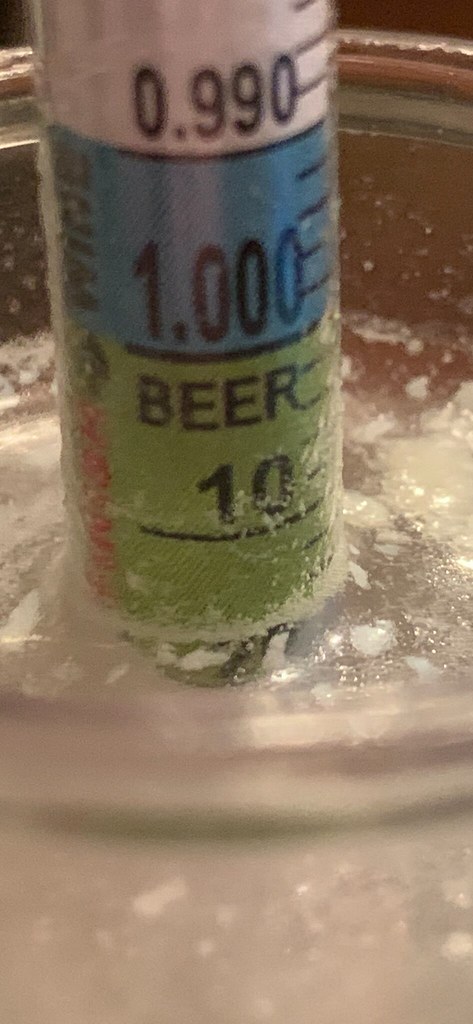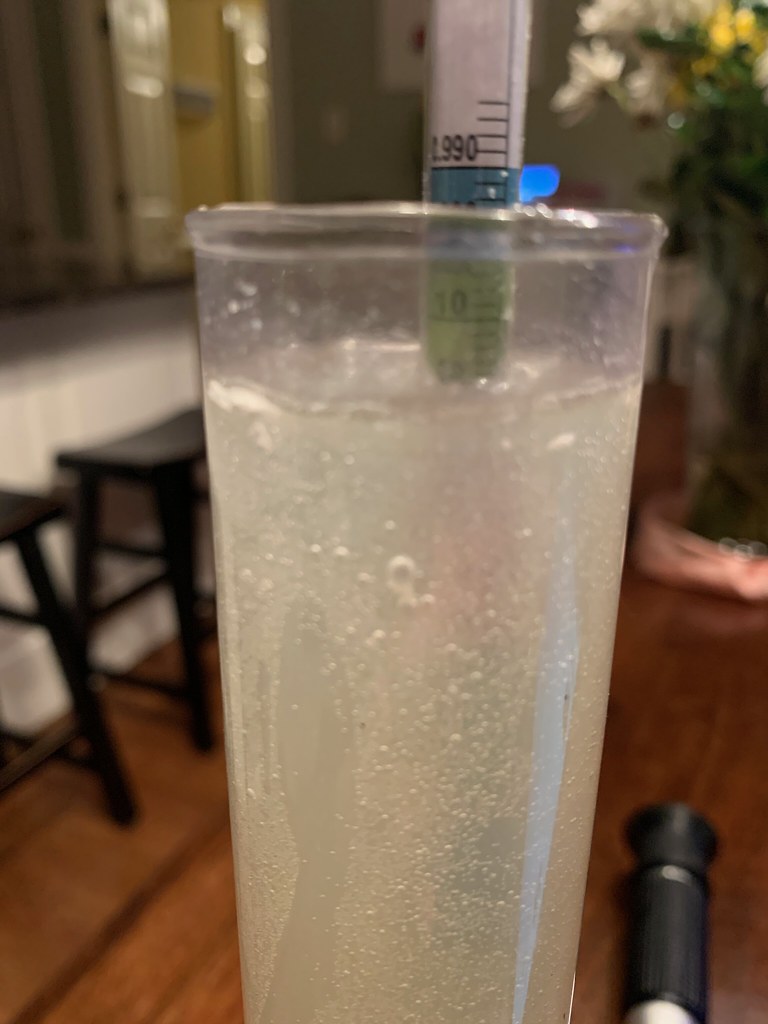OK, so here is my experiment.
1. I made a Caerphilly and saved about a gallon of whey.
2. I measured the gravity of this whey, it was 1.022
3. I took 6 lactaid pills, crushed them in a mortal & pestal, and added them to the whey.
4. After a few hours (at room temperature) I measured the gravity again, it was 1.026. Lactaid takes Lactose and splits it into glucose and galactose...
5. I pitched in a packet of Lalvin 1118, which is the monster Champagne yeast that wine kit manufacturers put in almost every wine kit because it is such a monster at fermenting anything.
6. In 2 days, I took another gravity reading, it is down to 1.014
and the whey is now 'spritzy' (notice the bubbles on the vessel)
This suggests to me that:
1) One can take the lactose and reduce it to glucose and galactose. The amount of Lactaid required is still a variable to be worked out.
2) One can then ferment using normal yeasts, to get alcohol from this fluid. Gonna have to do something about the cream components though.
So, it does appear that, with a trip to the pharmacist, we can use the raw sugars within whey to create a fermented product. Now, the key is how to (a) optimize the transformation of lactose -> glucose + galactose via Lactaid, and (b) what additional components do we need to make this into a drink of distinction (kinda has a parmesan flavor right now so some kind of adjunct will be necessary).










![Craft A Brew - Safale S-04 Dry Yeast - Fermentis - English Ale Dry Yeast - For English and American Ales and Hard Apple Ciders - Ingredients for Home Brewing - Beer Making Supplies - [1 Pack]](https://m.media-amazon.com/images/I/41fVGNh6JfL._SL500_.jpg)



















































